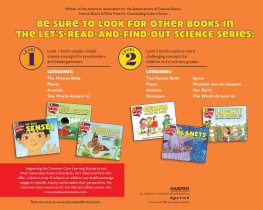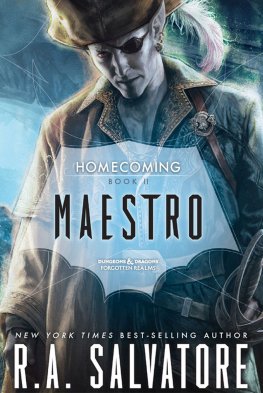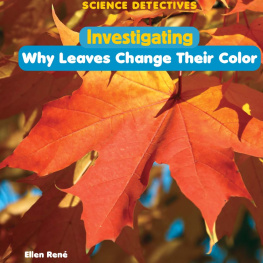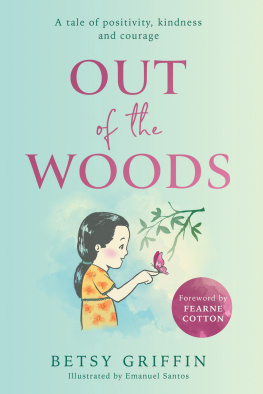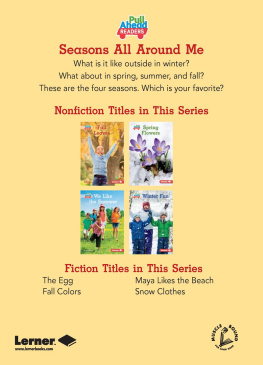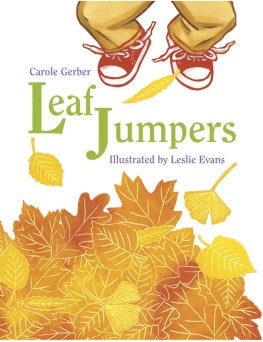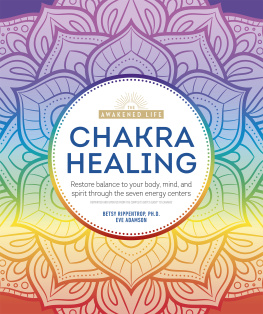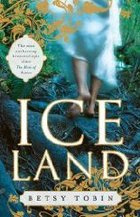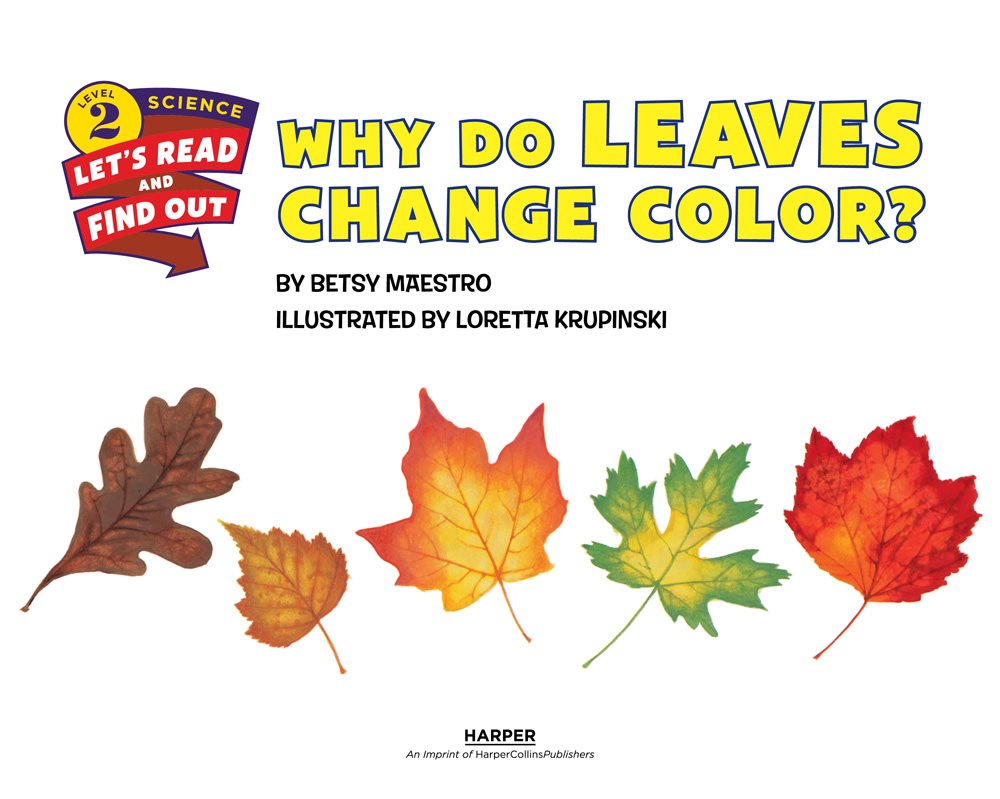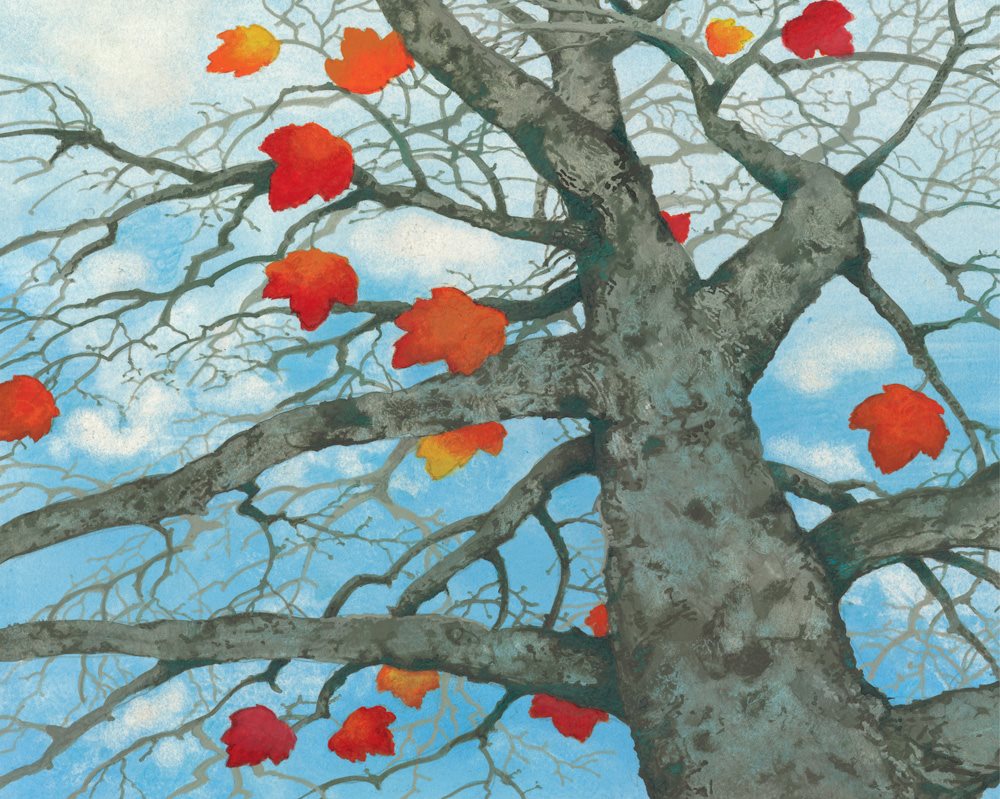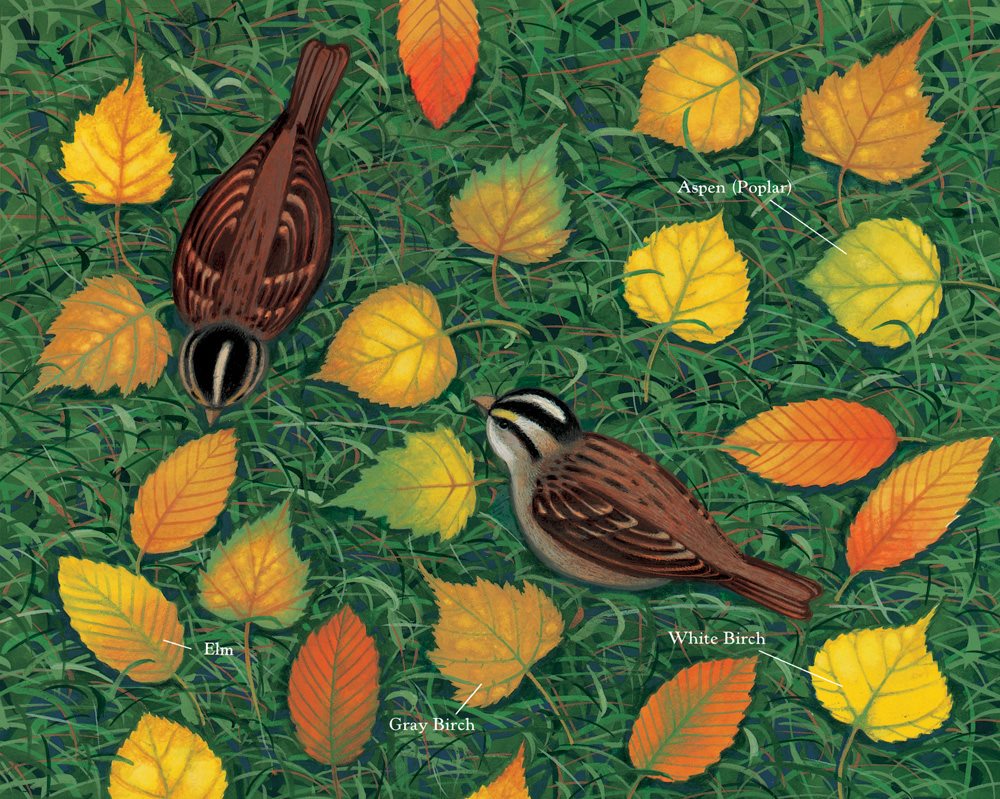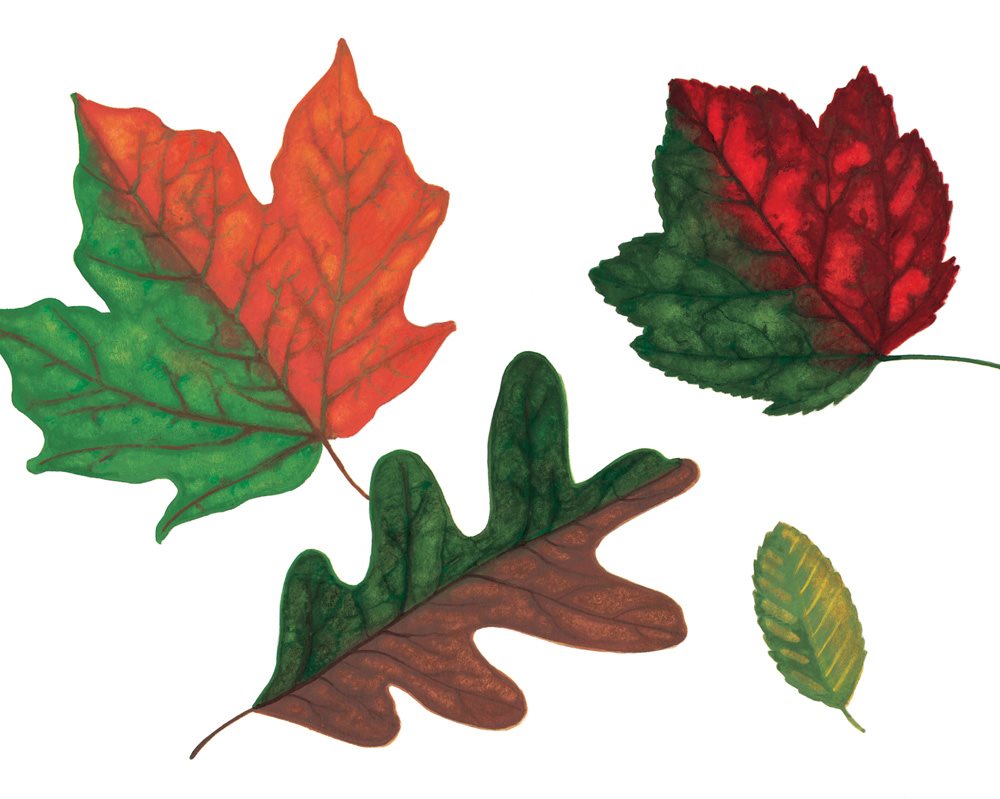
The Lets-Read-and-Find-Out Science book series was originated by Dr. Franklyn M. Branley, Astronomer Emeritus
and former Chairman of the American Museum of Natural HistoryHayden Planetarium, and was formerly co
edited by him and Dr. Roma Gans, Professor Emeritus of Childhood Education, Teachers College, Columbia
University. Text and illustrations for each of the books in the series are checked for accuracy by an expert
in the relevant field. For more information about Lets-Read-and-Find-Out Science books, write to HarperCollins
Childrens Books, 195 Broadway, New York, NY 10007, or visit our website at www.letsreadandfindout.com.
The illustrations in this book were done with gouache and color pencil on Strathmore 500 Bristol board paper.
Lets Read-and-Find-Out Science is a trademark of HarperCollins Publishers.
WHY DO LEAVES CHANGE COLOR? Text copyright 1994 by Betsy Maestro. Illustrations copyright 1994
by Loretta Krupinski. All rights reserved under International and Pan-American Copyright Conventions. By
payment of the required fees, you have been granted the non-exclusive, non-transferable right to access and read
the text of this e-book on screen. No part of this text may be reproduced, transmitted, downloaded, decompiled,
reverse engineered, or stored in or introduced into any information storage and retrieval system, in any form
or by any means, whether electronic or mechanical, now known or hereinafter invented, without the express
written permission of HarperCollins Publishers.
Library of Congress Cataloging-in-Publication Data is available.
EPub Edition 2015
ISBN: 9780062447029
Revised edition, 2015



L ook at the leaves! Its autumn, and leaves are turning red and yellow,
gold and brown.
Each type of tree has its own kind of leaves. The colors of autumn
leaves differ from tree to tree. Some oak leaves may be brown or yellow,
while maple leaves may turn bright red.

Leaves come in different sizes and shapes as well as colors. Some leaves
are wide, and others narrow. Some have points, while others may be
rounded. How many different kinds can you find?

Just a few weeks ago, all the leaves were green. Back in the spring, the
tiny new leaves uncurled from their buds.
The green color in the leaves helps them to absorb or hold sunlight.
Chlorophyll gives the leaves their green coloring. Chlorophyll is a natural
coloring called a pigment.
I NSIDE OF L EAF
Vein
Upper Surface
Chlorophyll
Air Hole
Air Space
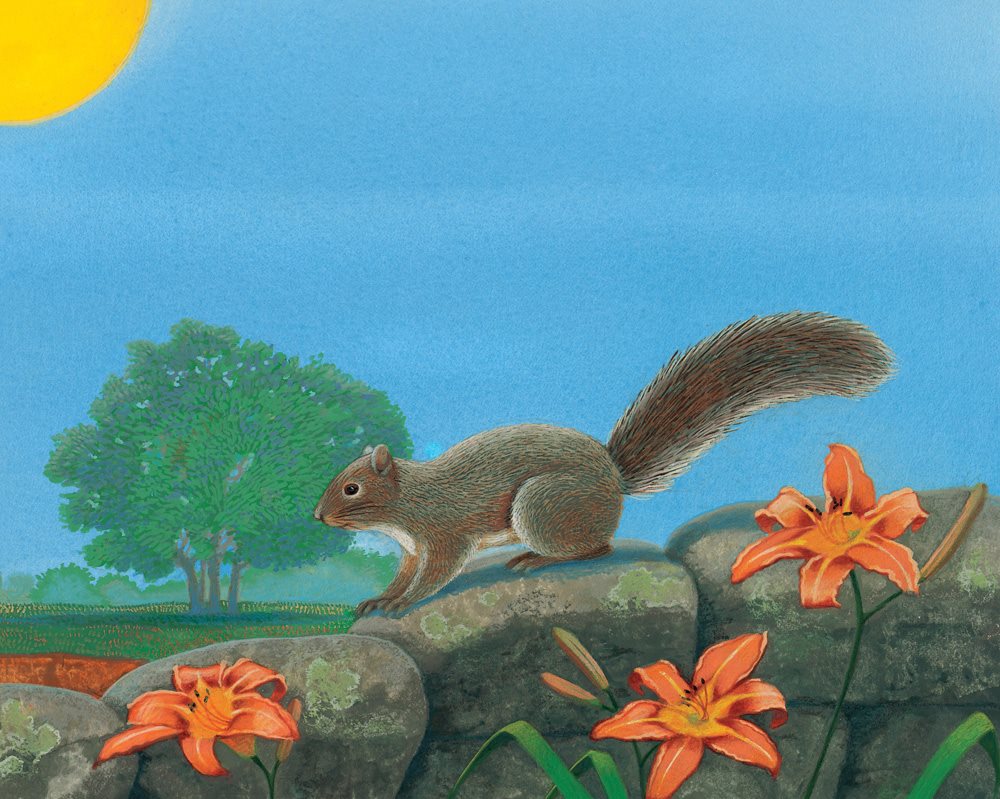
Leaves are very important to the tree. They make a kind of sugar that is
the trees food. Leaves need sunlight, water, and air to make this food.
The leaves work to feed the tree all summer long. The sugar is used by
all parts of the tree the leaves, branches, trunk, and roots. The food, or
sugar, helps the tree to grow. Extra sugar is stored in the leaves.
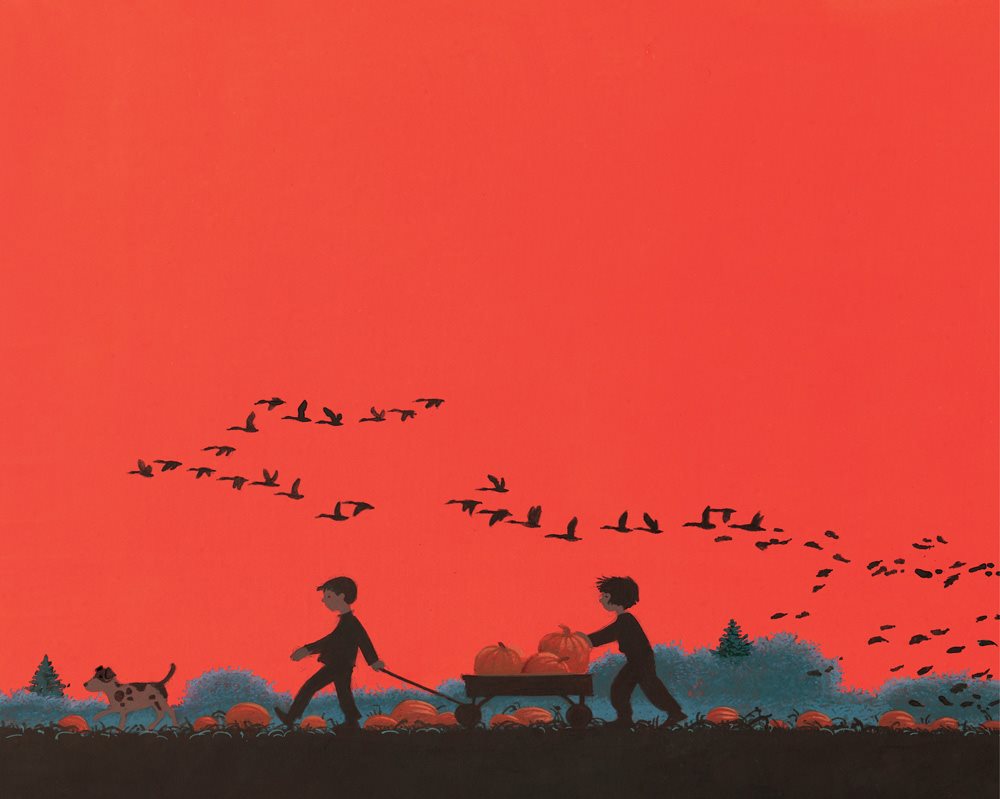
In the fall, many things are changing. In many places, there is a change
in the weather. There are changes in light and temperature. Inside the
leaves, there will be many changes too. All of these changes bring about
the beautiful colors of fall.
In the fall, there are fewer hours of sunlight each day. The change in
light tells the tree to get ready for winter. Winter is a time of rest for the
tree. When winter comes, the tree will have to survive with less water
and sunlight.
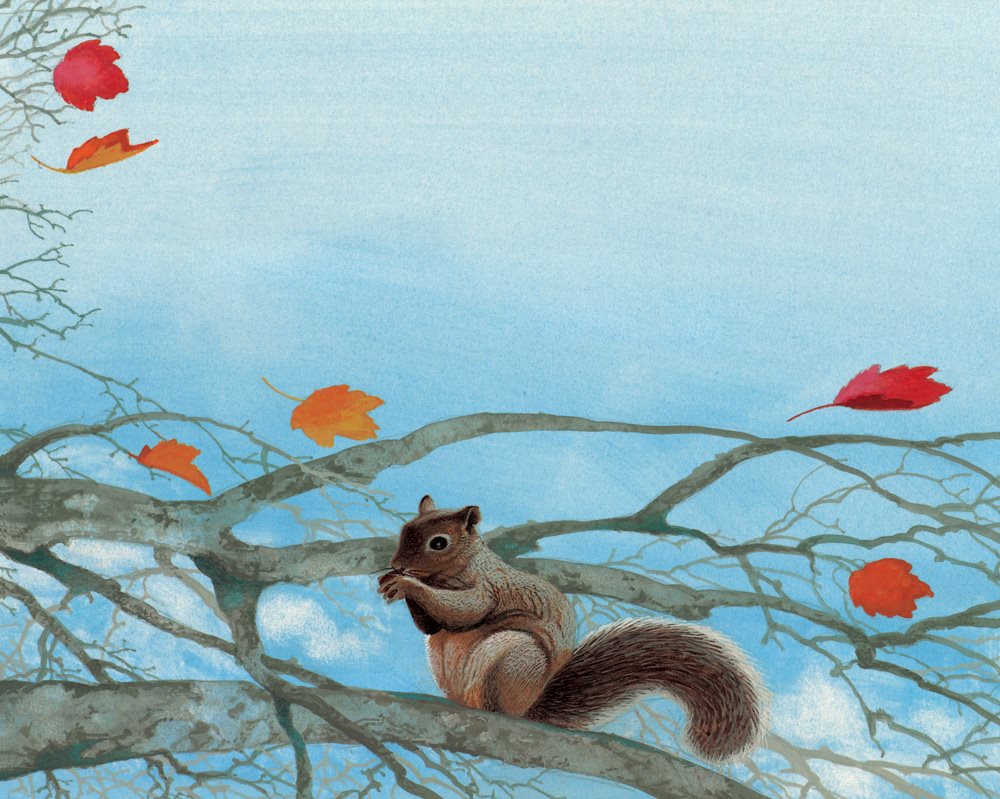
The tree begins to get ready for its winter rest. It needs very little food
now, and the leaves stop their work. The life of the leaves is almost at an
end. The tree no longer needs them.
When the leaves die, they will fall from the tree. This will happen
slowly over a number of weeks. As the leaves begin to separate from the
tree, they get less water. Without water, the leaves cannot make new
chlorophyll. The old chlorophyll begins to fade. The green color starts to
disappear.
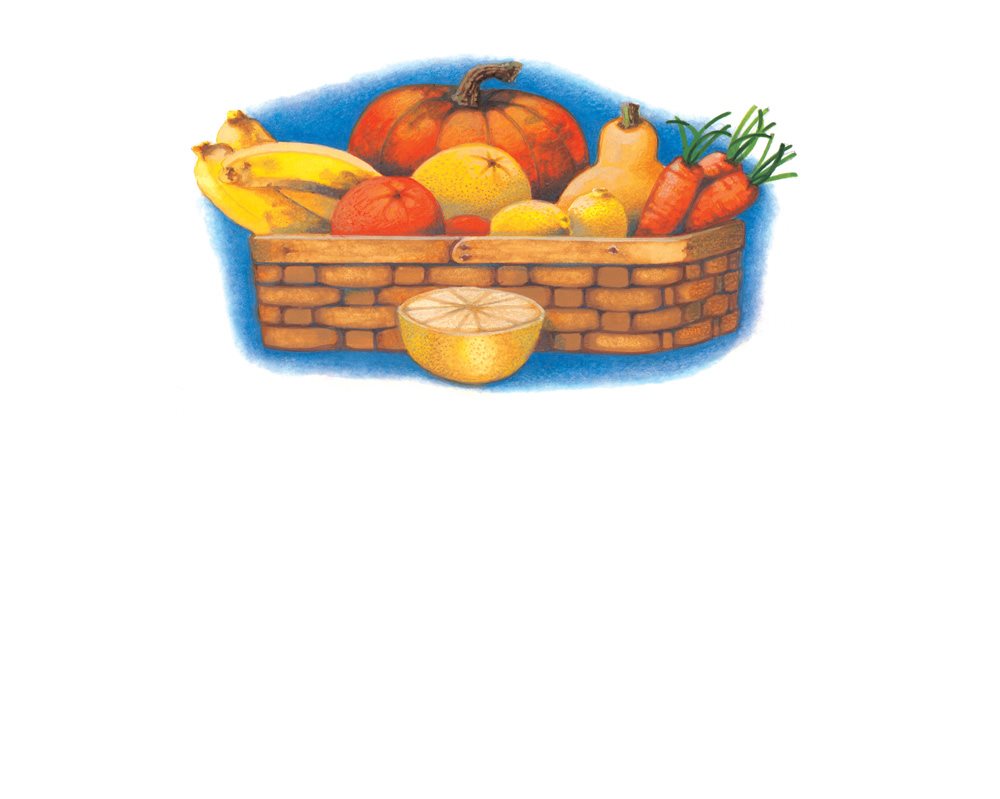
Now, other colors can be seen in the leaves. Other pigments have
been in the leaves all along. But they were hidden by the dark green of the
chlorophyll. Once the green color fades, the yellow and orange pigments
can be seen.
These pigments give color to the leaves of birches, poplar, and elms.
Some foods like bananas and carrots get their natural yellow and orange
coloring from these same pigments. They also give color to some flowers.
Maybe you can think of some.

